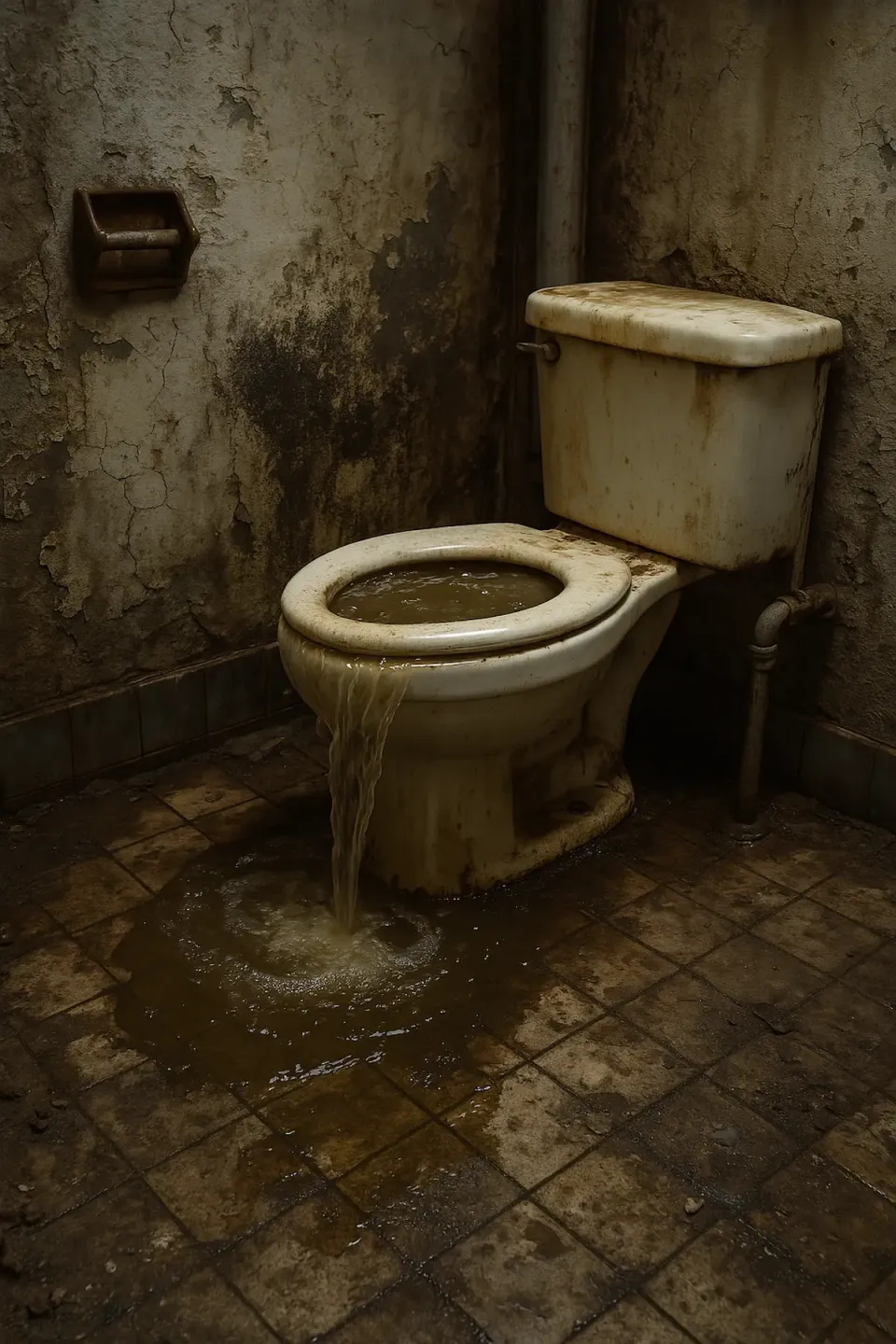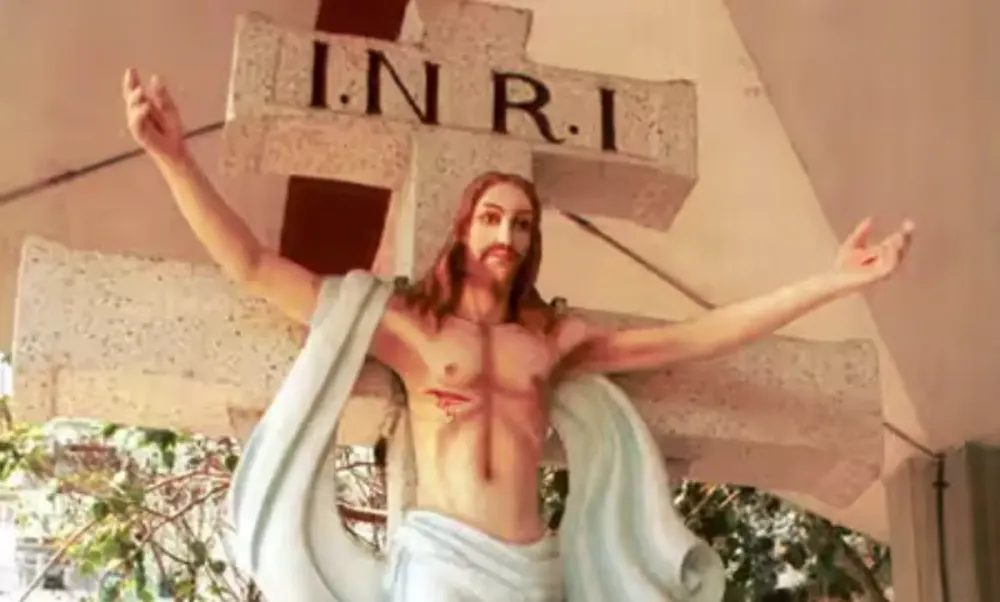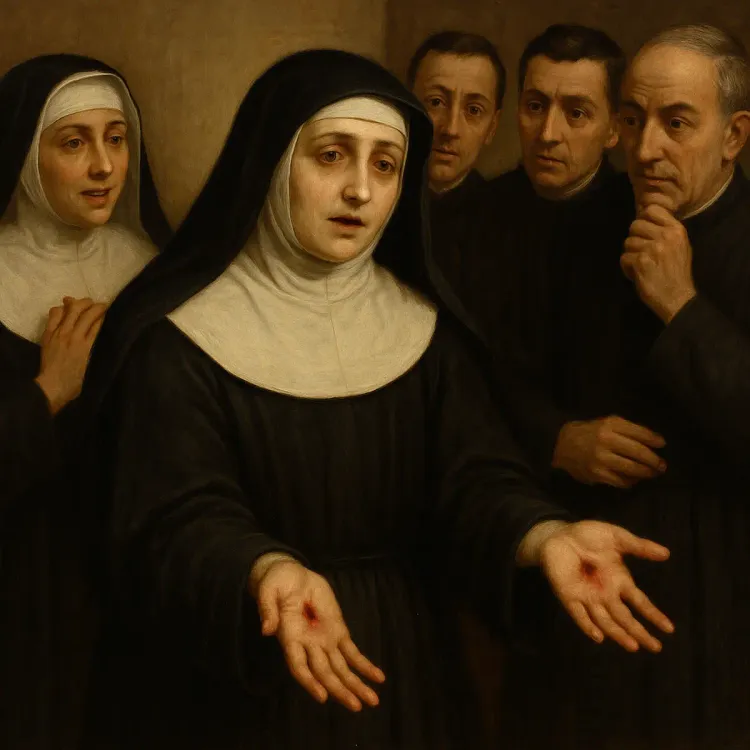The "Weeping Jesus" of Mumbai: A Miracle Drenched in Sewage

Table of contents
TL;DR
In 2012, a statue of Jesus in Mumbai appeared to weep “holy water”—but it turned out to be leaking sewage from a nearby toilet. Rationalist Sanal Edamaruku exposed the truth, only to face arrest, death threats, and exile. The miracle wasn’t divine—it was plumbing.
Introduction: The Water That Wasn't Holy
In March 2012, a statue of Jesus Christ at the Church of Our Lady of Velankanni in Mumbai began dripping water from its feet. For many of the faithful, this was a divine sign. Pilgrims arrived in droves, collecting the water, touching it to their foreheads, and proclaiming it holy. News cameras rolled. People prayed. A miracle was proclaimed.
Unfortunately for believers—and even more unfortunately for one Indian skeptic—it wasn’t a miracle. It was plumbing.
“To be fair, that water was almost surely imbued with the miracle of life. Microbial life, yes, but it was imbued.”
A Miracle Unraveled
The Catholic church where the event occurred is located in the Irla neighborhood of Mumbai, attached to a residential building. The "miracle" began when a woman spotted moisture on the feet of a wall-mounted crucifix. Soon, the church grounds were overwhelmed with people trying to get close to the "weeping" Jesus. Some believed the water could heal ailments. Others saw it as a direct message from heaven.

Enter the Skeptic
Sanal Edamaruku is the president of the Indian Rationalist Association, an organization committed to debunking pseudoscience and superstition. He had already made a name for himself exposing so-called "godmen" and fraudulent miracle claims in India. When local television invited him to investigate the crucifix, he accepted. What he found wasn’t divine; it was sewage.
Edamaruku traced the source of the water to a leaky pipe in a nearby toilet. The building's plumbing was poorly maintained, and the water was seeping through the walls due to capillary action, exiting at the point where the statue was mounted. It was not miraculous. It was unsanitary.
“I showed them how the water traveled through the wall from a clogged drainage system. They were collecting sewage and blessing themselves with it.” (BBC News)

A Miracle Dies, and Death Threats Follow
Instead of sparking a much-needed conversation about critical thinking, the exposure caused outrage. On live television, representatives of various Catholic organizations began shouting over Edamaruku’s explanation. One man even threatened him with arrest, then and there, for blasphemy.
It wasn’t just bluster. A group called the Catholic Secular Forum filed a police complaint under Section 295A of the Indian Penal Code—a law designed to prevent "deliberate and malicious acts intended to outrage religious feelings." This law, a relic of colonial control, is still wielded like a religious bludgeon in India.
Despite calls for his arrest, Edamaruku refused to apologize. “Why should I apologize for telling the truth?” he asked (BBC News). He stood his ground but soon began receiving threats on his life. Fearing for his safety and the very real possibility of imprisonment without bail, Edamaruku fled the country. He has lived in exile in Finland ever since.
The Great Tantra Challenge: When a Fakir Tried to Kill Sanal on TV
Years earlier, Edamaruku had faced off with a self-proclaimed tantrik, Pandit Surinder Sharma, in a live televised event that became known as "The Great Tantra Challenge." In that now-legendary 2008 segment aired on India TV, Sharma claimed he could kill anyone with his mystical chants. Sanal volunteered as the target.
The cameras rolled as Sharma performed incantations, waved ritual objects, and invoked mantras. Edamaruku sat calmly through the entire spectacle. Nothing happened. After repeated failures, Sharma claimed the ritual couldn't work in a studio and blamed interference from the cameras.
“You are making a fool of yourself in front of the whole nation. I have accepted your challenge. I am sitting here. Kill me if you can!” Edamaruku challenged (Rationalist International).
The episode made headlines across India and solidified Edamaruku's role as a fearless debunker of superstition.
Media Spectacle: A tantrik tried to kill him with chanting on live TV. He didn’t succeed.
Faith, Fraud, and Freedom of Speech
This incident isn't just about a weeping statue. It’s about the cost of skepticism in societies where religious orthodoxy remains deeply entwined with cultural identity and state power. Edamaruku’s investigation showed that no supernatural force was required to explain the phenomenon. The "holy water" came from faulty infrastructure, not heaven.
More troubling than the soggy miracle was the way authorities reacted to it: not with embarrassment, but with persecution of the one man who had dared to reveal the truth. India has long struggled with balancing freedom of expression against the sensitivity of religious communities, and this case underscores the dangers of leaning too far toward the latter.
Conclusion: When the Pipes Speak Louder than God
In the end, the statue stopped dripping. The water was traced. The faithful moved on to the next spectacle. But Sanal Edamaruku didn’t get to go home. For doing nothing more than demonstrating basic fluid mechanics, he lost his country, his security, and his ability to walk freely without fear.
The real miracle wasn’t that the statue wept. It’s that someone dared to say it didn’t.
Further Reading



Works Cited
- BBC News. “The Indian ‘miracle’ debunked by a rationalist.” BBC Magazine, 3 Apr. 2014, https://www.bbc.com/news/magazine-26815298.
- Nickell, Joe. Looking for a Miracle: Weeping Icons, Relics, Stigmata, Visions & Healing Cures. Prometheus Books, 1999.
- Snopes.com. “Holy Water Dripping from Christ Statue in India Actually Came from Toilet.” Snopes, www.snopes.com/fact-check/india-christ-statue-toilet/.
- Rationalist International. “The Great Tantra Challenge.” Rationalist International Bulletin, 2008, https://www.rationalistinternational.net/article/2008/20080310/en_1.html.
- Wikipedia contributors. “Weeping crucifix in Mumbai.” Wikipedia, https://en.wikipedia.org/wiki/Weeping_crucifix_in_Mumbai.
FAQ
Edamaruku traced the moisture path to a clogged drainage line; capillary action carried contaminated water through the wall to the crucifix feet.
A complaint was filed under Section 295A of India’s Penal Code, which criminalizes acts seen as deliberately offending religious feelings.
A leading Indian rationalist known for exposing fraudulent miracle claims; he has lived in exile in Finland since the Mumbai case.
Extraordinary claims need evidence. Basic investigation—and plumbing—explained the ‘miracle’ without invoking the supernatural.





Comments ()